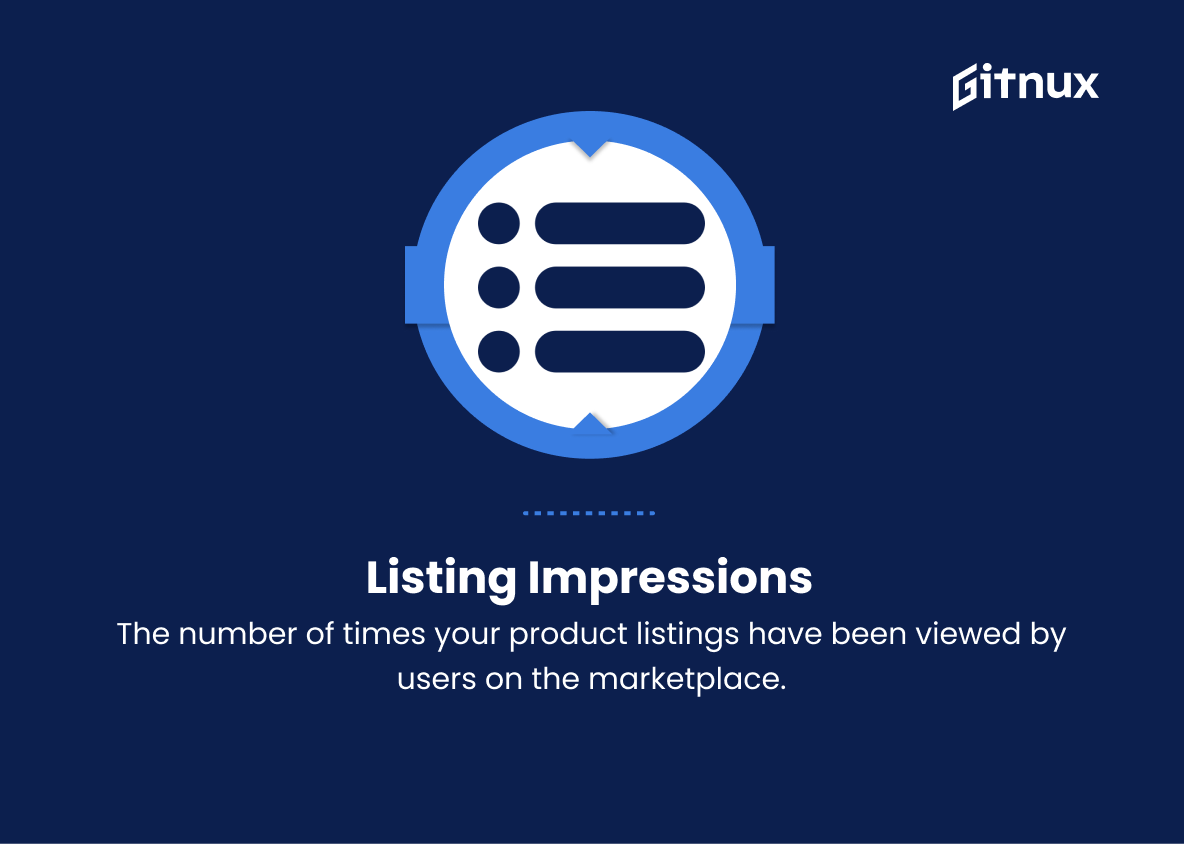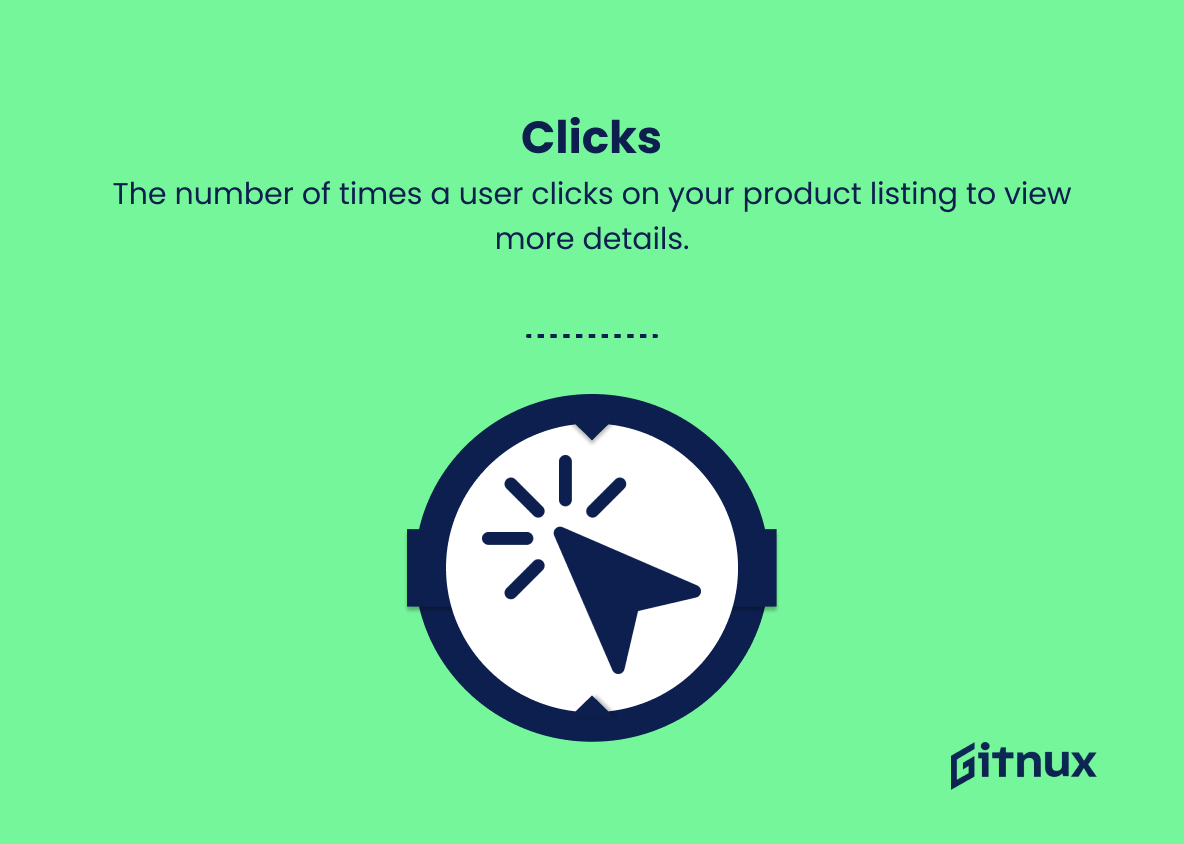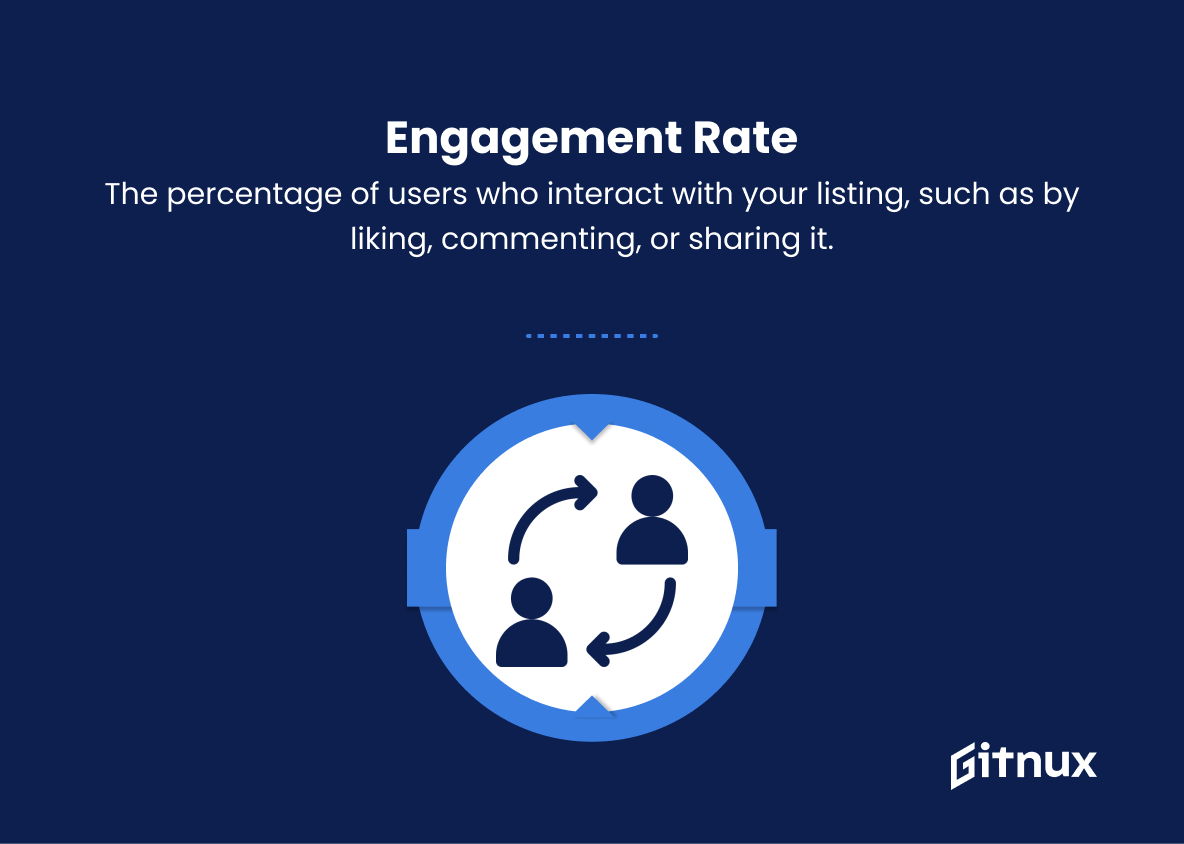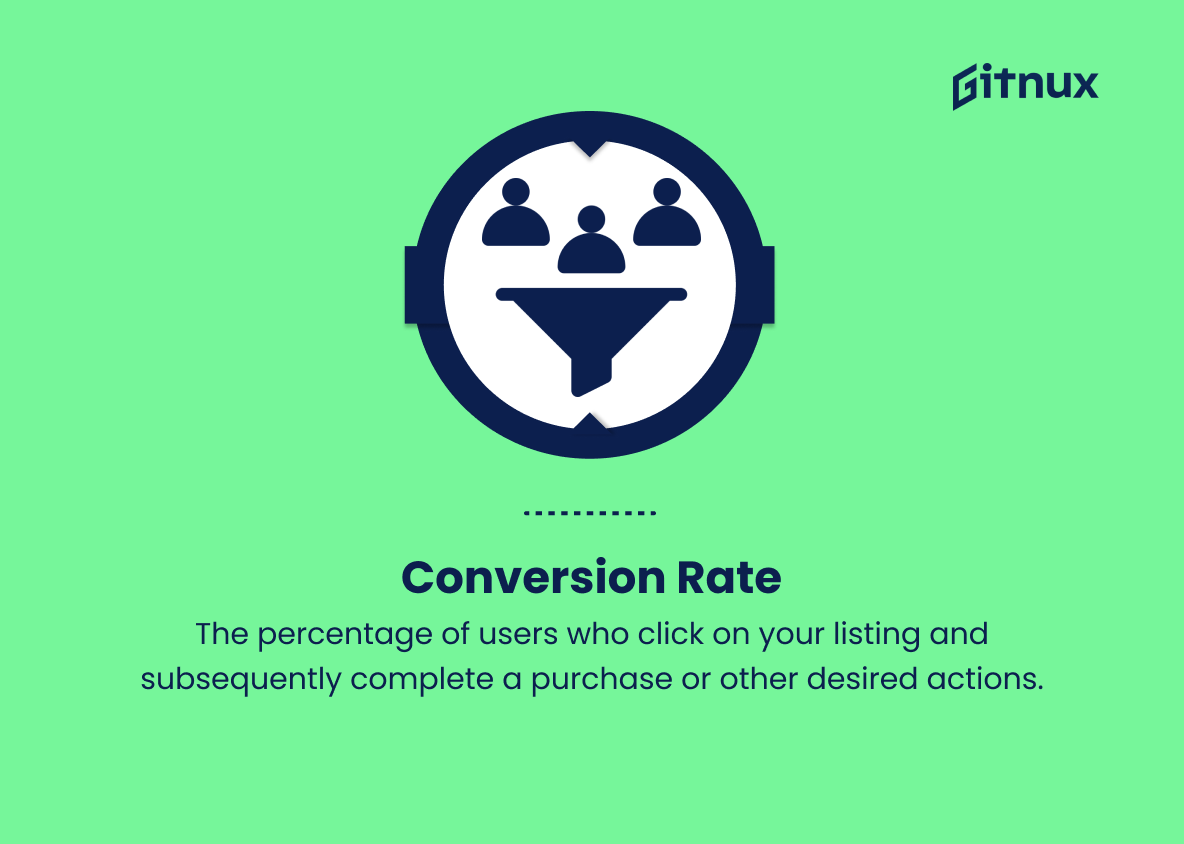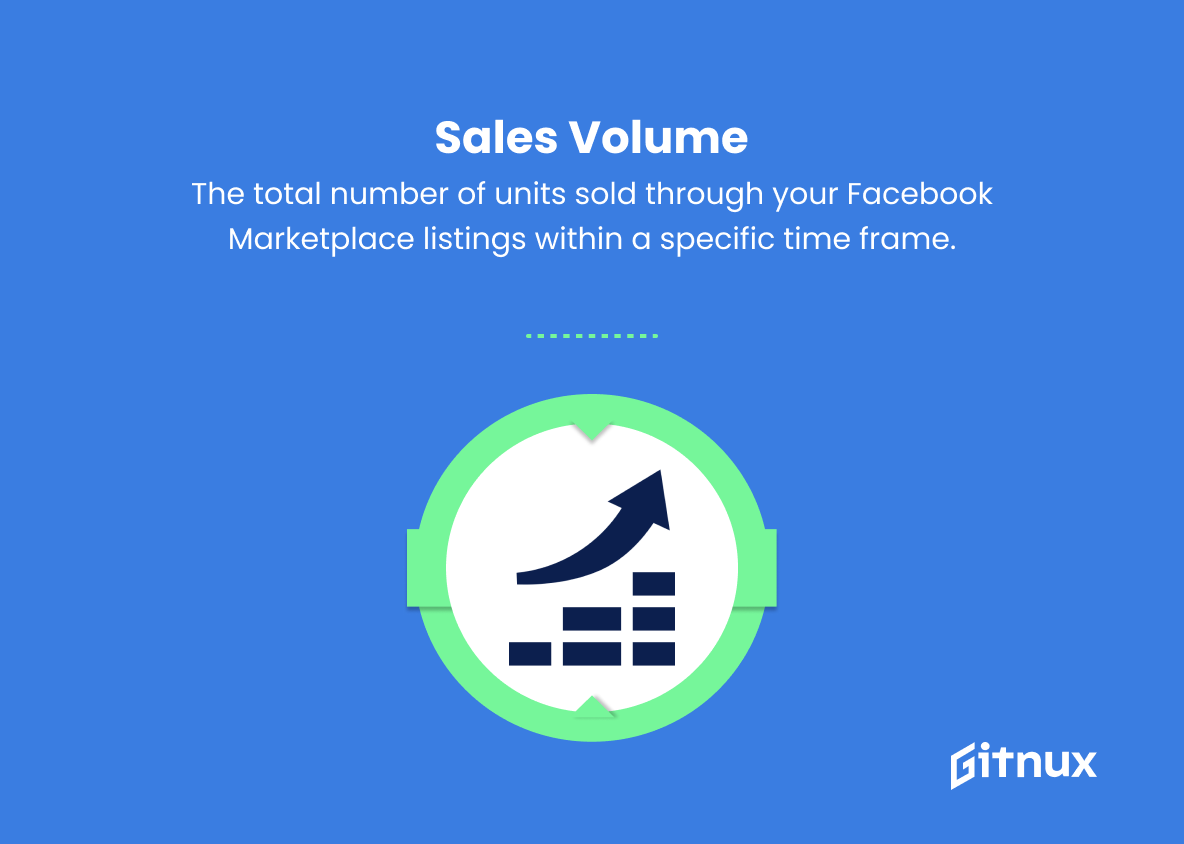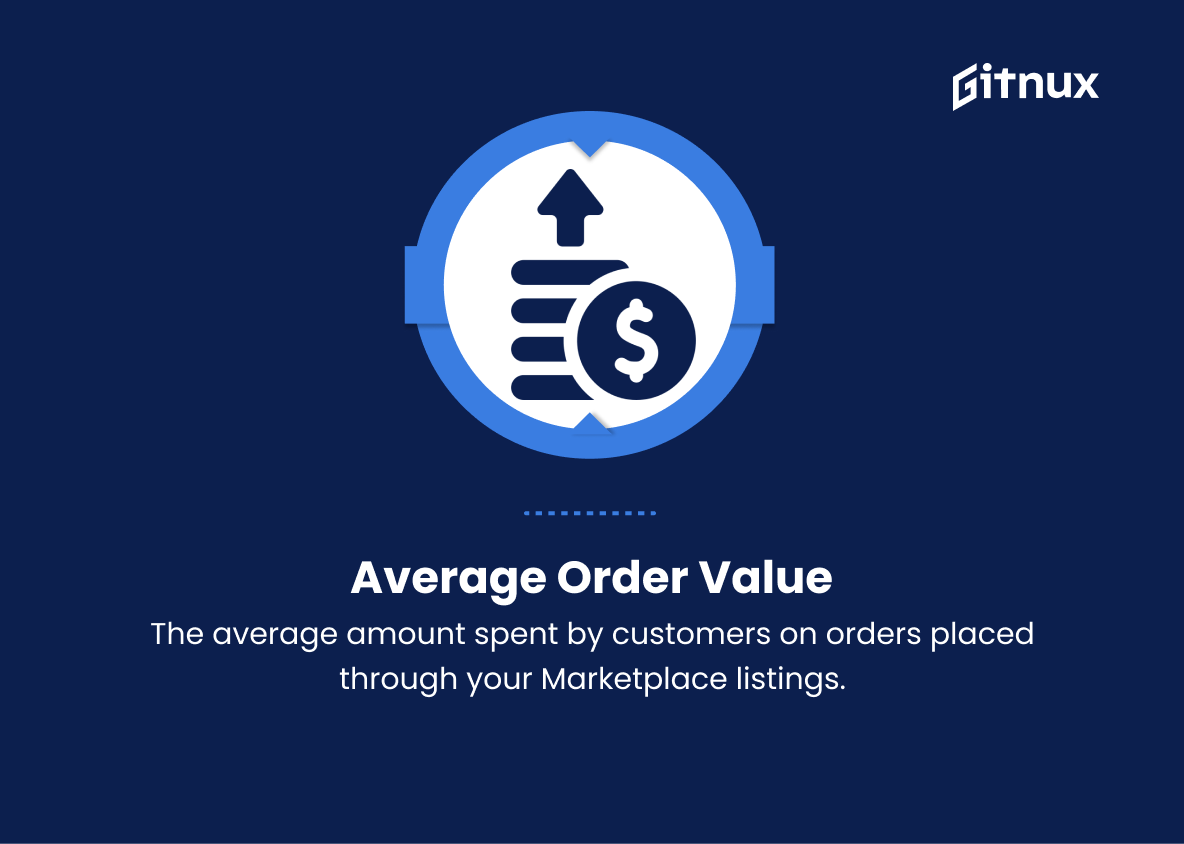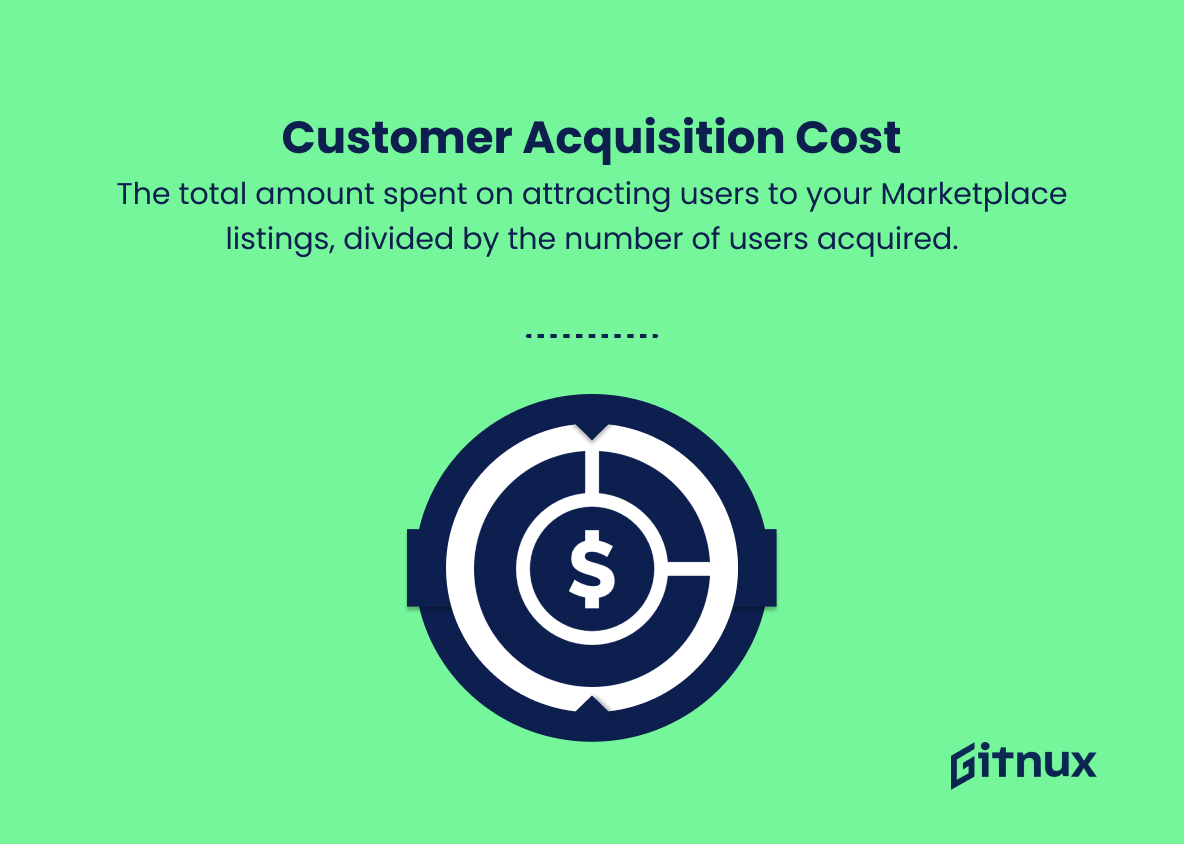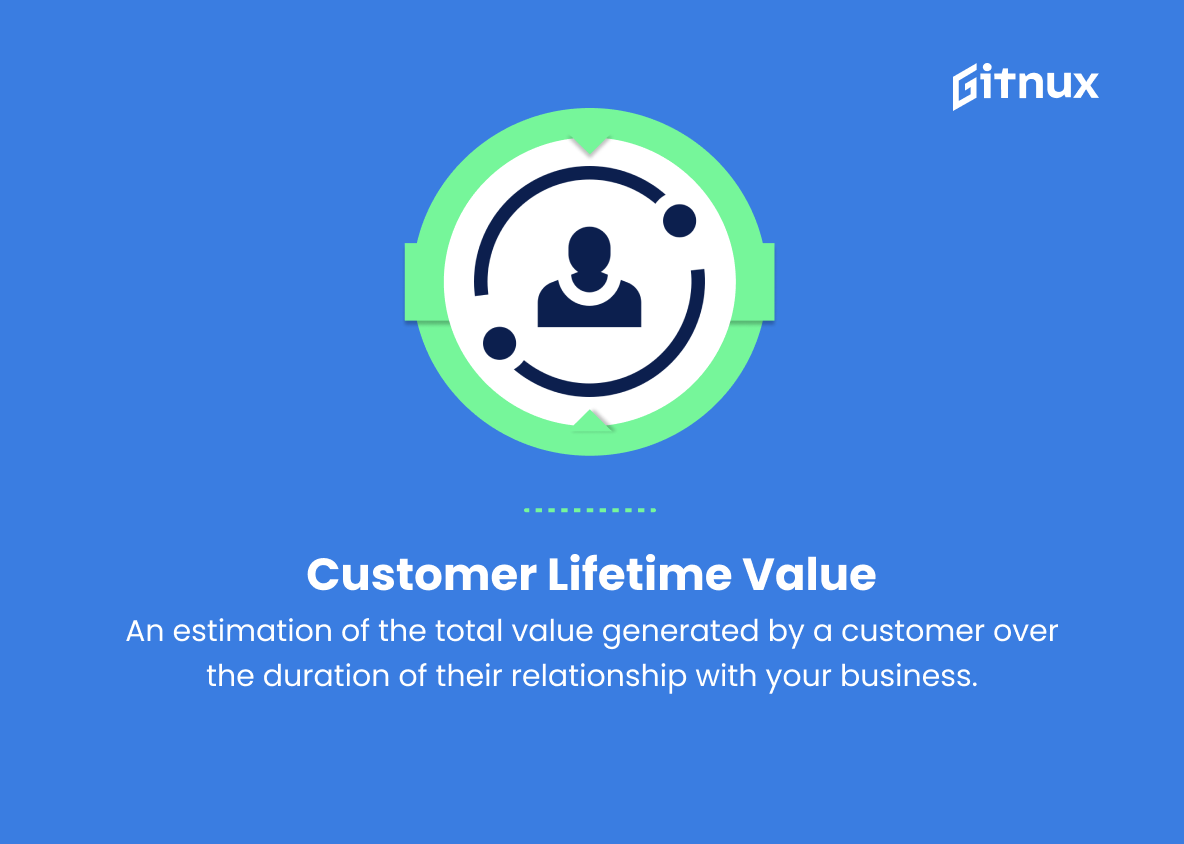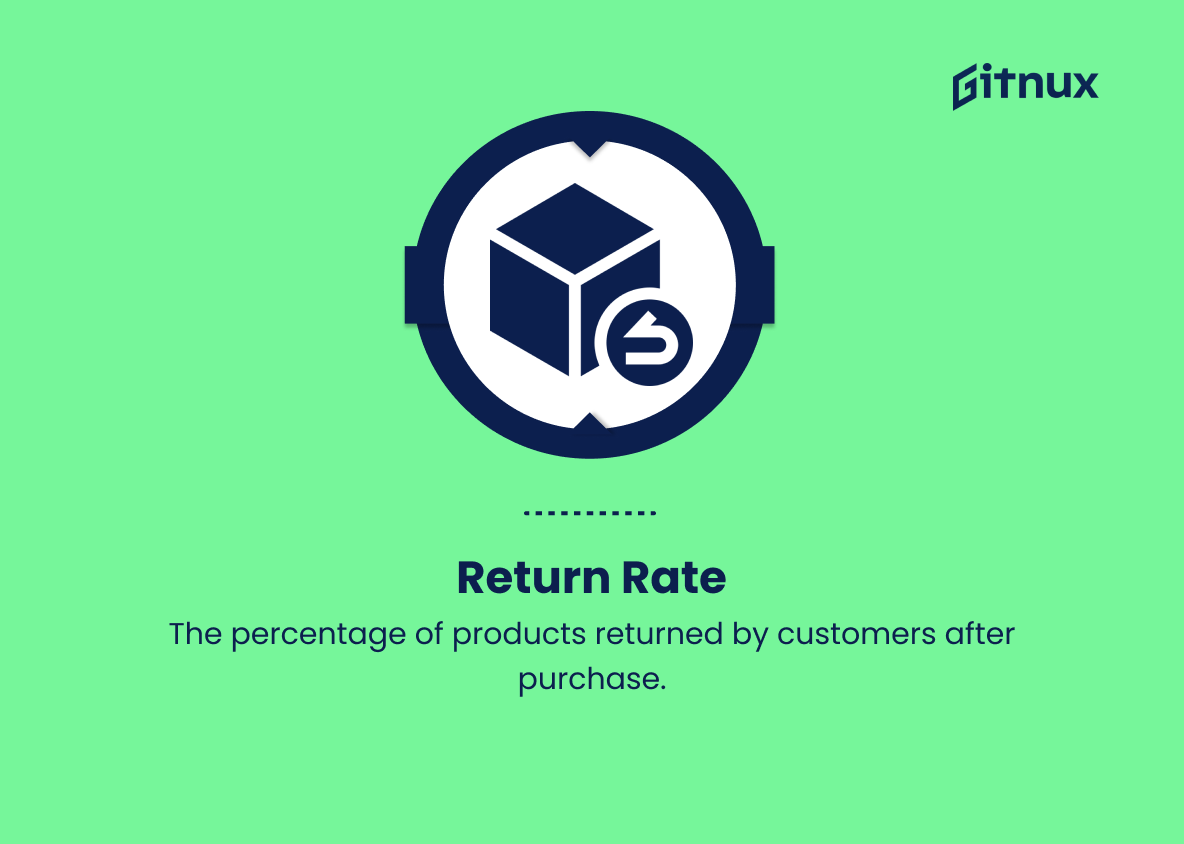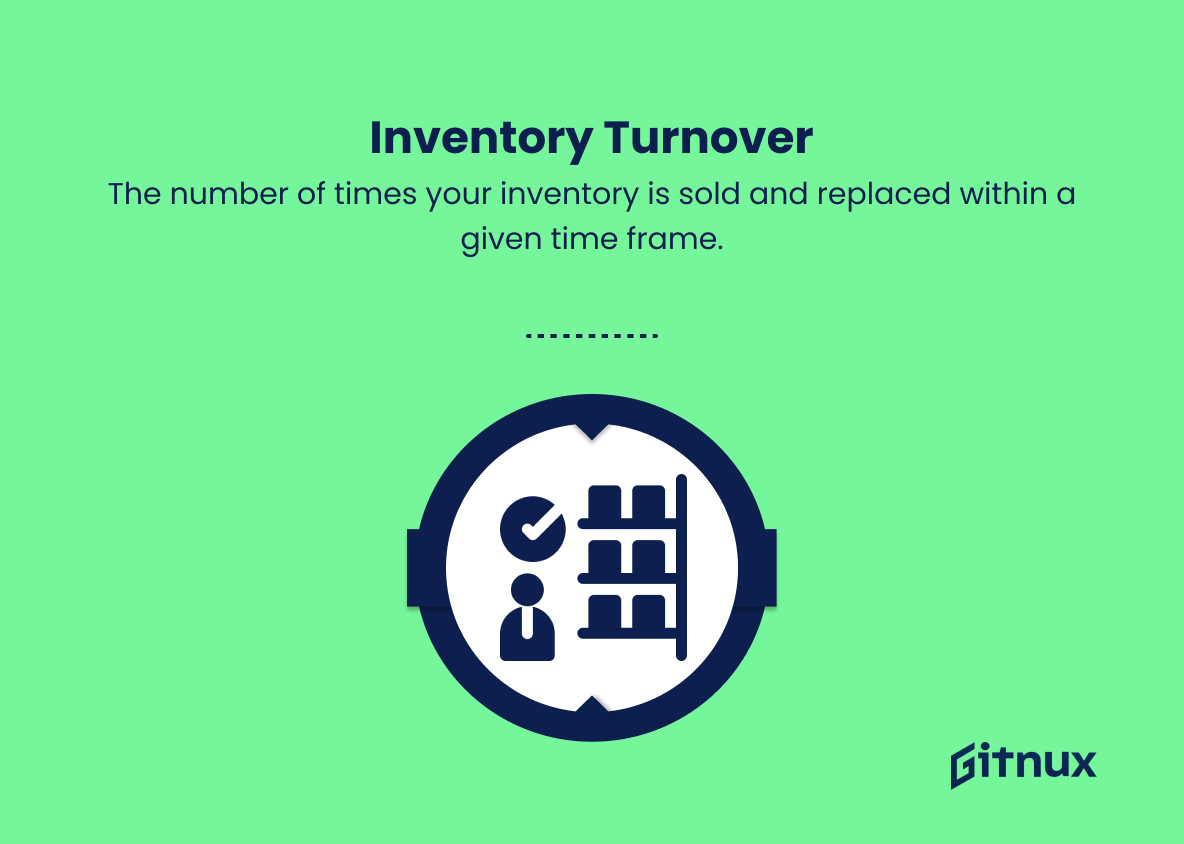In today’s rapidly evolving digital landscape, Facebook Marketplace has emerged as an indispensable tool for businesses and individual sellers alike, seeking to tap into the vast potential of social commerce. As competition grows increasingly fierce, the importance of understanding and leveraging crucial Marketplace metrics cannot be overstated.
In this insightful blog post, we will delve into the key performance indicators that can not only facilitate better decision-making but also drive success and growth for those venturing into this highly competitive space. Stay tuned as we navigate the essential data points, trends, and insights vital to unlocking the power of Facebook Marketplace – all for the sustainable growth and profitability of your business.
Facebook Marketplace Metrics You Should Know
1. Listing Impressions
The number of times your product listings have been viewed by users on the marketplace.
2. Clicks
The number of times a user clicks on your product listing to view more details.
3. Click-through rate (CTR)
The ratio of clicks to listing impressions. This metric indicates how effective your listings are at attracting user attention and enticing them to explore further.
4. Engagement rate
he percentage of users who interact with your listing, such as by liking, commenting, or sharing it. This reflects the effectiveness of your content in generating interest and fostering discussion among users.
5. Conversion rate
The percentage of users who click on your listing and subsequently complete a purchase or other desired actions. This is a critical metric in evaluating the success of your marketplace strategy, as it directly reflects your ability to turn interested users into customers.
6. Sales volume
The total number of units sold through your Facebook Marketplace listings within a specific time frame.
7. Average order value (AOV)
The average amount spent by customers on orders placed through your Marketplace listings. This metric provides insight into the overall value of sales generated by your offerings.
8. Customer acquisition cost (CAC)
The total amount spent on attracting users to your Marketplace listings, divided by the number of users acquired. This helps assess the cost-effectiveness of your marketing efforts.
9. Customer lifetime value (CLV)
An estimation of the total value generated by a customer over the duration of their relationship with your business. This metric helps evaluate the long-term profitability of your customer base.
10. Repeat purchase rate
The percentage of customers who make additional purchases through your Marketplace listings after their initial transaction. This reflects the success of your efforts in nurturing customer loyalty and driving repeat business.
11. Return rate
The percentage of products returned by customers after purchase. A high return rate may indicate dissatisfaction with product quality, mismatched expectations, or other issues that need to be addressed.
12. Seller rating
An aggregated score based on reviews and feedback from your customers. This rating plays a significant role in building trust with potential buyers and can impact your visibility and success on the platform.
13. Response time
The average time it takes for you to respond to customer inquiries on your Marketplace listings. Faster response times can improve customer satisfaction and help maintain a positive reputation on the platform.
14. Inventory turnover
The number of times your inventory is sold and replaced within a given time frame. This metric indicates the effectiveness of your inventory management and the demand for your products.
Facebook Marketplace Metrics Explained
Facebook Marketplace Metrics, such as listing impressions, clicks, click-through rate, engagement rate, and conversion rate, provide valuable insights into the success of your marketing efforts and overall business strategy on the platform. These metrics help assess the effectiveness of your product listings in generating interest, driving user engagement, and ultimately converting users into paying customers.
Furthermore, metrics such as sales volume, average order value, customer acquisition cost, customer lifetime value, repeat purchase rate, and return rate allow you to evaluate the long-term profitability of your customer base, the cost-effectiveness of your marketing efforts, and areas for improvement in customer satisfaction.
Seller rating and response time play a critical role in building trust and maintaining a positive reputation in the marketplace, while inventory turnover indicates the demand for your products and the efficiency of your inventory management. By closely monitoring and optimizing these metrics, businesses can better understand their customers, drive growth, and achieve long-term success on the Facebook Marketplace.
Conclusion
In conclusion, Facebook Marketplace Metrics play a crucial role in understanding and optimizing the performance of your listings and overall marketplace experience. By keeping a close eye on these valuable insights, sellers can make informed decisions, adapt their strategies to reach their target audience, and ultimately, thrive in the competitive Facebook Marketplace environment. As a tool that continues to evolve and improve, it is essential for businesses and individuals alike to leverage this platform’s data-driven capabilities to stay ahead of the curve and achieve success in this ever-growing digital marketplace.
